Where is the spiciest place in China?
Updated: 2016-06-12 10:49
(China.org.cn)
|
||||||||
Chili pepper came to China less than 400 years ago, ending the 2,000-year era of prickly ash, a herb that can be used as seasoning. Why does chili pepper have so much power? What are the health benefits of eating chili peppers? And where in China has the most chili pepper eaters? To answer these questions, Lan Yong, a professor of history with Chongqing-based Southwest University, published an article on the China National Geography on May 19. Here are some excerpts from the article.
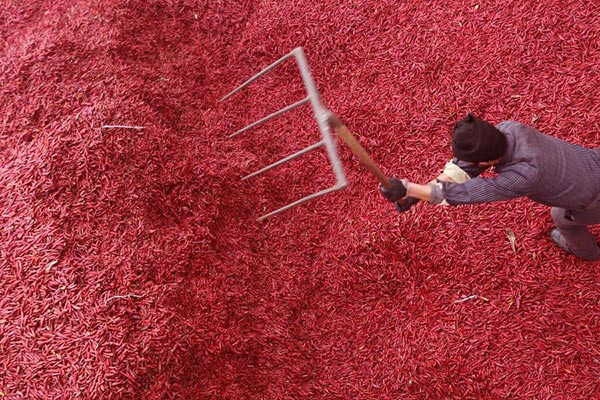 |
|
A man harvests chili in Linfe, Shanxi province on Jan 2, 2016. [Photo/Xinhua] |
A "10,000-people hotpot feast" was a highlight at the Chongqing International Hotpot Culture Festival. A Guinness record-holding pot, which is 10 meters in diameter and can serve 60 people at the same time, was used for the feast. It is said that 300 kilograms of chili pepper and 100 kilograms of prickly ash were needed to make soup in this pot, and it takes about three hours to boil the soup with electricity.
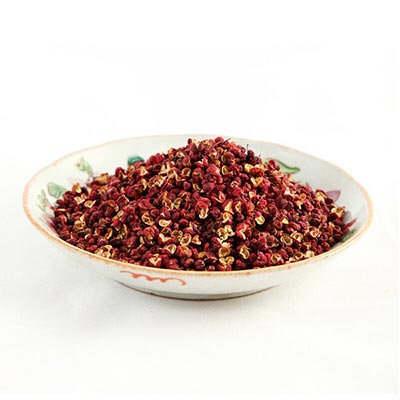 |
|
Prickly ash, or hua jiao. [File photo] |
The earliest written record of the prickly ash in China appeared more than 2,000 years ago. The ancient people used it as a seasoning to neutralize the taste of raw meat or fish.
Statistics show that nearly 37 percent of dishes from the Tang Dynasty (618-907) contained prickly ash. Today's Sichuan province in Southwest China, previously known as Shu Kingdom, has long been a main production base of prickly ash.
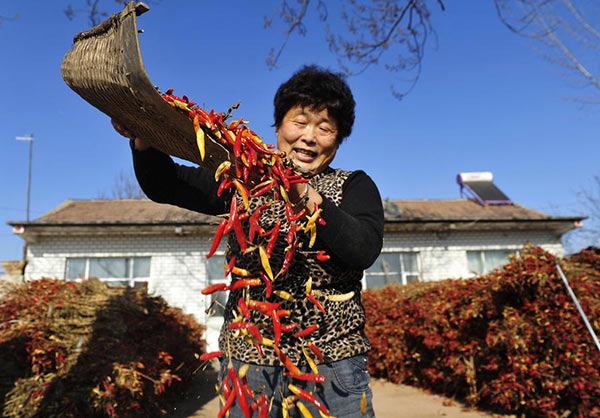 |
|
A farmer pours chili pepper from a basket in Wuqiao county, Hebei province. [Photo/Xinhua] |
There is no conclusion yet as to how chili pepper came to China. But according to written records, the liberal use of the seasoning occurred in Guizhou during the Qing Dynasty (1636—1912). Chili pepper was later grown as a vegetable in Guizhou, Hunan, Sichuan and Jiangxi.
Dried pepper can be used as a seasoning. The coming of chili pepper caused a revolution in Chinese food.
Studies show that regions on the northern latitude 38 degree line are fit for growing chili peppers, and are where the majority of chili pepper eaters can be found. The countries include Cuba, the United States, Mexico, China, Republic of Korea, Italy, Spain and Egypt. South American countries also have a strong preference for the chili pepper.
Currently, China's annual chili pepper output is more than 28 million tons, accounting for 46 percent of the world's total. It is said that the hottest pepper in China grows in Simao, Yunnan province, and is called the Xiaomi pepper.
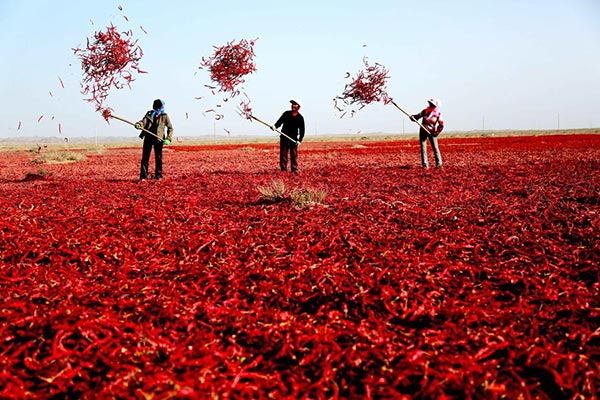 |
|
Farmers in Northwest China's Gansu province flip chili peppers in the air to help them dry on Oct 4, 2015. [Photo/Xinhua] |
There is a big debate over which province has the spiciest food. Local people believe that eating pepper can help them adapt to the humid and cold weather in winter.
In the north, there are also many pepper lovers. Beijing has many Sichuan and Hunan restaurants. But the food served there is often altered to cater to Beijingers' taste.
Pepper is a must for many residents in Northeast China and Northwest China. Guangdong has the least spicy cuisines in China. The people living there prefer fresh and light taste flavors to spicy food.
Related:
- Suspected IS terrorists arrested in Germany
- Japanese boy abandoned by parents in Hokkaido forest found alive
- China to build Africa's biggest university library
- 'Kill list' found in UCLA campus shooter's residence: Police
- Swiss declare Alps tamed as Gotthard rail tunnel opens
- China urges Japan to properly settle Chinese forced laborers issue

 Euro powers land in France for UEFA EURO 2016
Euro powers land in France for UEFA EURO 2016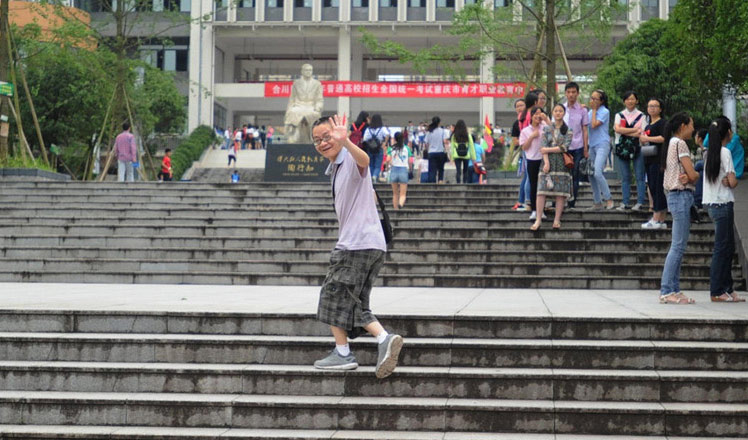
 The most unusualgaokao candidates in 2016
The most unusualgaokao candidates in 2016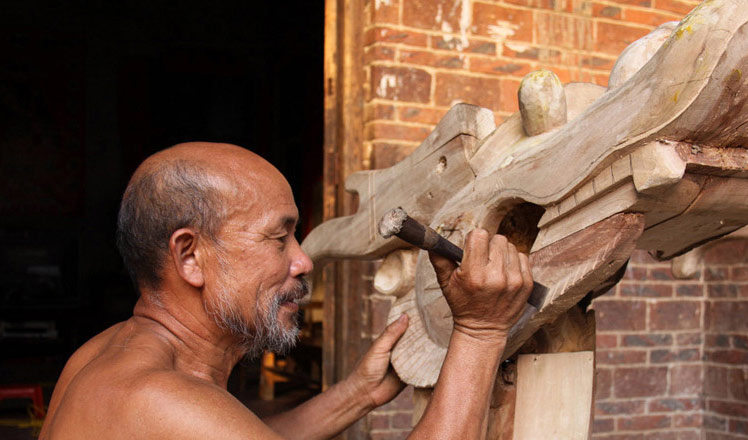
 Elderly man carries on 1000-year old dragon boat craft
Elderly man carries on 1000-year old dragon boat craft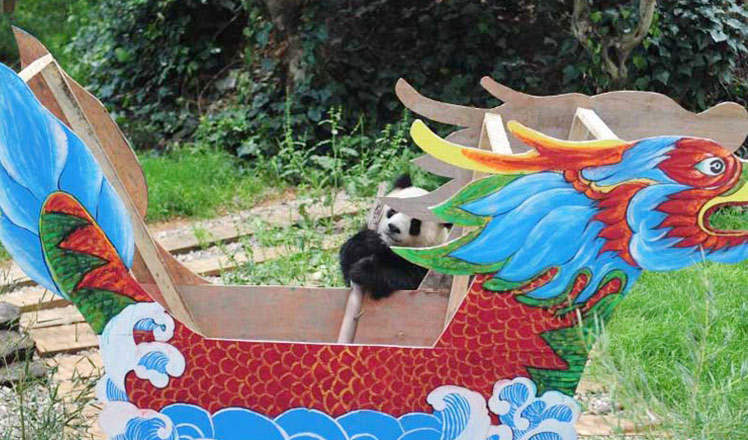
 Row your dragon boat, cute pandas in Yunnan!
Row your dragon boat, cute pandas in Yunnan!
 In pics: China's college entrance exam starts
In pics: China's college entrance exam starts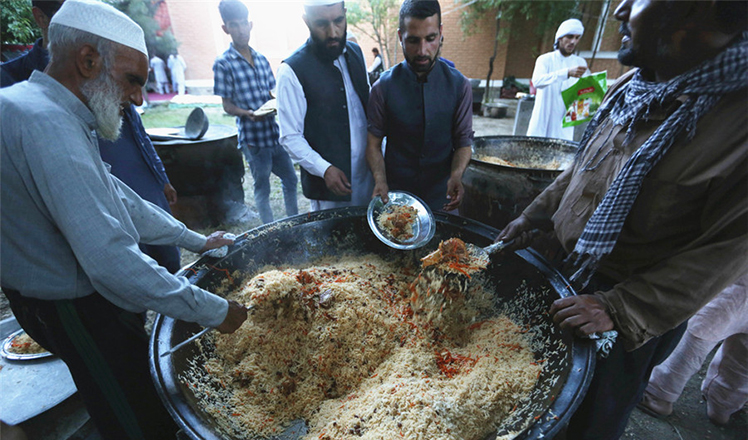
 Popular foods to break fast during holy month of Ramadan
Popular foods to break fast during holy month of Ramadan
 Top 10 biggest brands in Asia listed in media report
Top 10 biggest brands in Asia listed in media report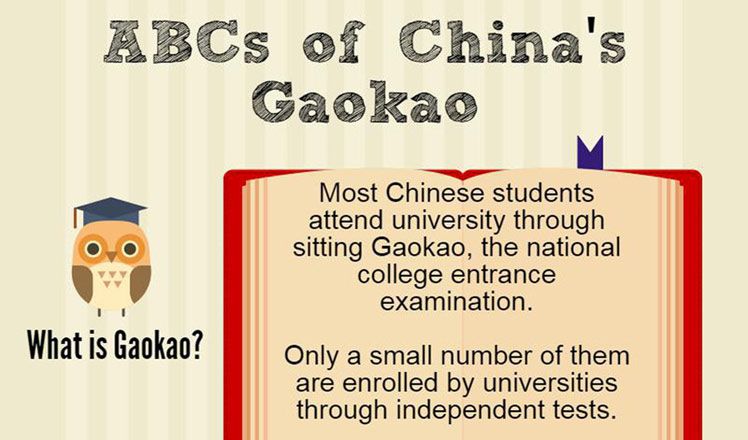
 Things you need to know about China's gaokao
Things you need to know about China's gaokao
Most Viewed
Editor's Picks

|

|

|

|

|

|
Today's Top News
Abe's blame game reveals his policies failing to get results
Ending wildlife trafficking must be policy priority in Asia
Effects of supply-side reform take time to be seen
Chinese State Councilor Yang Jiechi to meet Kerry
Chinese stocks surge on back of MSCI rumors
Liang avoids jail in shooting death
China's finance minister addresses ratings downgrade
Duke alumni visit Chinese Embassy
US Weekly

|

|








